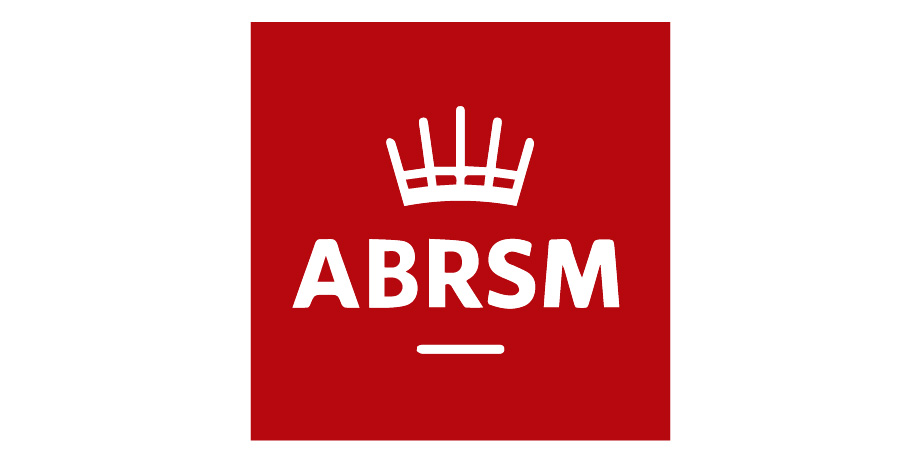Every piano student will encounter scales at some point in their education, and while there isn’t necessarily a definitive path to learning them, today I aim to provide some guidelines that will be useful to pianists of all abilities.
- The purpose of pracitising a scale is not to get from the start to the finish, but to make a nice sound on every note.
- Be creative: try practising your scales in new ways. They are the testing ground for your pieces.
Scales in Practice
It is always worth thinking about the wider application of the various aspects of music exams. It is easy to take a dim view of scales as being just another arbitrary addition to the syllabus, however, this is not the case. Below are some of my own ideas on scales serve us as pianists:
They train our fingers to find common musical patterns.
They help us to navigate the piano.
They help our ears discriminate between notes that belong in a particular key (“correct” sounding notes) and notes that don’t.
They can be used to test out new playing techniques, for instance playing staccato in one hand and legato in the other.
They deepen our understanding of musical theory in a practical way.
Scales Principal 1: Every scale has the same fingering
You may be questioning this statement, given that scales such a B-flat major begin on the second finger in the right hand, whereas B major begins on the first. It is true there are a great number of scales that begin with different fingers, however, the pattern itself is the same across the board.
Below is the fingering for C, G, D, A and E major and minor scales in the right hand:
1 2 3, 1 2 3 4, 1 2 3, 1 2 3 4 5
Below is the fingering for B-flat major, also in the right hand:
4, 1 2 3, 1 2 3 4, 1 2 3, 1 2 3 4
Notice how the finger groupings are the same; they all use groups of three fingers and groups of four fingers. There are seven unique notes in each scale, so with the five fingers we have available on each hand, we can use either groups of three and four or groups of two and five. Of these possibilities, three and four is preferable due to the difficulty of changing between the thumb and little fingers.
The advantage of repeatedly using the same finger pattern is that you once you have learned it, it only needs to be adapted to new shapes as you work through the scales. Some shapes present more challenges than others, but the core fingering can be applied to all of them. If you take the time to learn this fingering then it will serve you well for every scale you play.
“Almost every other instrumentalist has to think about making a nice sound constantly, whereas for pianists much of the work in creating a sound is done by the mechanism inside the piano.”
Scales Principle 2: Make a nice sound
The purpose of practising a scale is not to get from the start to the finish, but rather to make a nice sound on each note. Almost every other instrumentalist has to think about making a nice sound constantly, whereas for pianists much of the work in creating a sound is done by the mechanism inside the piano.
If we do not give any thought to the sounds we are making when pressing down the keys, then inevitably our music will sound shallow. Every note of a scale is important and should be played as such.
For this reason, there is little reason to practise scales at an excessive speed. The goal should be to make an even sound, with each note being in the same sound-world as its neighbours. It can sometimes be tricky to avoid “bumps”, particularly where the thumb is involved, however, if you are mindful of the weighting of each finger and the overall sound you are aiming for, then then the tone of your scales will improve dramatically.
Scales principle 3: Experiment
Scales represent unlimited potential when it comes to trying out new techniques. Do you struggle to play legato in one hand and staccato in the other? Try it when you next practise your scales. If you know them well then it is a familiar and safe environment to practise difficult parts of pieces. Here are some suggestions of different ways you can practise your scales:
Vary the articulation: play every note staccato or legato, or try doing one in each hand!
Play a crescendo on the way up and a diminuendo on the way down. Again, try doing the opposite in each hand for a real challenge.
Place an accent on every other note. This will help you play more evenly.
Play the scale in triplets, with an accent on the first of each group. A three-octave scale works best for this.
Do the same as the above, but use groups of four, five or six notes instead of three.
Try playing two different rhythms at the same time, for instance, use triplets in the right hand while using quavers in the left.
Start in the middle of the scale and play with your hands going in opposite directions. This is called a contrary motion scale.
Give each of these a try using a scale you know well. Some of them are very challenging, but they are all worth doing. If you can then come up with your own variant, perhaps based on something you are learning at the moment.
shop.abrsm.org/ABRSM-The-Manual-of-Scales-Broken-Chords-and-Arpeggios/









